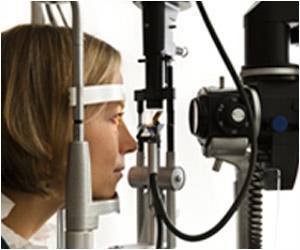Photosensitive Epilepsy is a condition where seizures are triggered by flickering lights on television or computer screens or video games. Dr. Prithika Chary, Neurologist and Neurosurgeon answers why.

A. Photosensitive Epilepsy is caused by natural lights such as sun flickering through the leaves or when a person is moving while in a vehicle watching irregular patterns of light. Artificial lights also cause photosensitive epilepsy when a person looks down from escalators, exposed to disco lights, or sees certain patterns such as stripes or checks.
Q. How does photosensitive epilepsy differ from other seizures?
A. There are many kinds of seizures. Grand mal seizure, generalized tonic clonic seizure affecting the brain, and absence seizures where a person is momentarily absent. It is often associated with eye blinks and staring. A person could get several attacks of absence seizures. Another kind is the focal seizure where the arm or face twitches, involuntary repetitive movements (automatism) and chewing or champing movements are observed. Then there is complex partial seizure where a person’s awareness or the ability to respond fails.
Photosensitive Epilepsy is a generalized tonic clonic seizure.
Q. People of all ages watch TV or play video games so how is it only a few people have photosensitive epilepsy?
Q. What is the diagnosis of photosensitive epilepsy?
Q. How can people affected by photosensitive epilepsy stay protected?
A. Young people below the age of 20 run a risk if they visit discos or dance clubs because of the flickering lights. People with photosensitive epilepsy should avoid viewing red flashing graphics. If the flashes per second (refresh rate) on the screen is anywhere between 15 to 20 hertz, it could trigger photosensitive epilepsy. So when the refresh rate (flashes per second) of a screen is low it causes seizures in people with photosensitive epilepsy. But these days, advanced model of screens have a refresh rate of 100 hertz, which does not pose a threat to people with photosensitive epilepsy. But an outdated screen, which has a low refresh rate of 50 hertz or below, may cause seizures in a person with photosensitive epilepsy.
Q. What are some of the precautionary measures for a person with photosensitive epilepsy?
A. A person with photosensitive epilepsy must avoid looking at the reflection of sunlight on water no matter how alluring it is. As a first aid measure, when there is a chance of seizure, the hand should immediately cover one eye or the person can wear an eye patch. This act reduces the number of neurons being stimulated, thus reducing the risk.
Q. When is it an emergency for a person to seek medical assistance? Who should one contact in case of an emergency?
A. A person with epilepsy can get seizures anytime. But it does not mean they are always vulnerable to having seizures. Sometimes the condition of epilepsy is complacent and a person may not have any seizure. The specialist one should visit to get medical attention is a neurologist.
Medindia thanks Dr. Prithika Chary for sharing information on Photosensitive Epilepsy.
Source-Medindia









